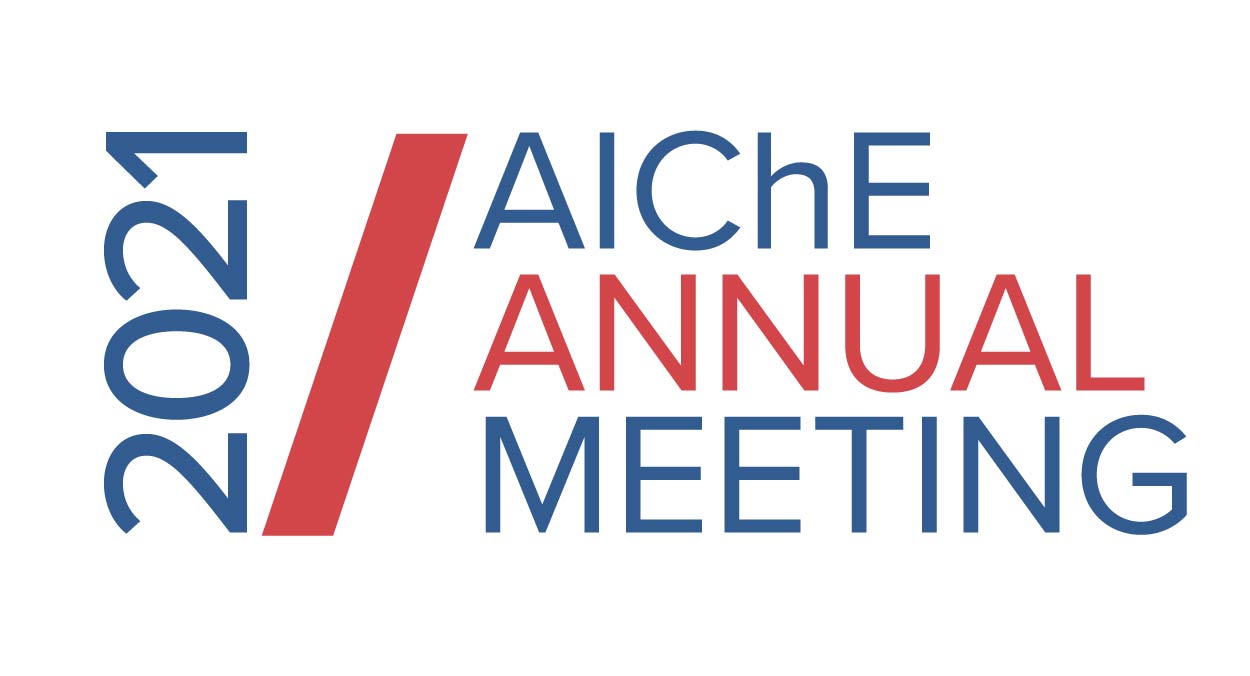

Glioblastoma (GBM) is the deadliest form of brain cancer, with a median survival time of 15 months 1. Surgical resection, chemotherapy, and radiotherapy have not been able to extend this survival time 1. One of the problems in resecting GBM is the diffuse invasion of cancer cells through the brain parenchyma. It has been suggested that one of the mechanisms for diffusion of these cells is by migration along blood vessels 1. Vasculature plays an important role in cell viability in all tissues, as well as in cancer. Cell growth is dependent in part on nutrient supply and diffusion of oxygen, both of which can be controlled by access to the vasculature. The area near a blood vessel has been described as the perivascular niche (PVN) 1. Understanding how GBM interacts with endothelial cells in the PVN may provide a deeper understanding of this cancer.
Methods
Our goal was to design a 3D in vitro model of the PVN. We assembled hydrogels composed of Type 1 collagen. While collagen is not prevalent in brain tissue, it is present in GBM tumors and can be relevant within elastic moduli similar to the brain. A human GBM cell line LN229 (ATCC) was utilized since these cells display a mesenchymal subtype, and are moderately invasive. HUVEC networks were used as a vasculature mimic. While the vasculature is comprised of different cell types, endothelial cells are a principal component and are commonly used as an in vitro model for vascular networks 1.
Layered 3D hydrogels were prepared in glass-bottom tissue culture well plates. First, a thin gel of collagen (either 1.1 mg/mL or 2.2 mg/mL) was deposited to prevent cells from adhering to the glass surface beneath. This gel contained 1.5% (v/v) blue fluorescent beads (0.1 µm diameter) to enable visualization of the gel and the bottom of the well. This was followed by a layer of collagen I. The concentrations of collagen were based upon an earlier study that demonstrated the elastic moduli to lie in the 0.2 – 2.2 kPa range for these input concentrations 2. After gelation, a fibronectin-coated coverslip of human umbilical vein endothelial cells (HUVECs) was placed atop the stacked gels. For co-cultures, the second cell type was seeded around the coverslip on day 7. For LN229 only cultures, a blank coverslip was utilized to mock HUVEC co-culture, and the LN229 cells were seeded around the coverslip as in co-cultures.
HUVECs, LN229 cells, and co-cultures were cultured for up to 14 days. HUVECs began to form connections around day 7 and by days 10-14, 3D connectivity was observed. In co-cultures, the projection of gels along the z-axis was approximately 750 – 850 µm in 1.1 mg/mL gels, and 900 – 1000 µm in 2.2 mg/mL gels. From day 8 (day 1 of co-culture) to day 14, HUVECs and LN229 cells migrated approximately 300 µm along the z-axis in tandem with one another. This extent of migration was not seen in HUVEC or LN229 monocultures. Both monocultures exhibited an approximately 100 µm migration distance from day 8 to day 14. Gel contraction was also observed in co-cultures. Contraction was less than 10% in HUVEC monocultures. Co-culture contraction at day 14 ranged from approximately 60 -70% in softer gels and 30 – 40 % for cultures in stiffer gels for co-culture at a 1:1 HUVEC:LN229 ratio. LN229 monocultures exhibited gel contraction of approximately 10 – 15% at day 14. These results indicate cooperative mechanisms in co-culture that are currently being investigated.
Future and Ongoing Work
Our ongoing work is focused on investigating the interactions between LN229 and HUVECs in an in vitro perivascular niche model. Currently we are in the process of measuring cytokines and chemokines from these cultures. In the future, we aim to include stromal cells such as macrophages and astrocytes to obtain a comprehensive understanding of the PVN. We also plan to inhibit cell proliferation in order to decouple this from migration.
References
1 Davide Schiffer, L. A., Christina Casalone, Critstiano Corona, Marta Mellai. Glioblastoma: Microenvironment and Niche Concept. Cancers 11, doi:10.3390/cancers11010005 (2018).
2 Andrew J. Ford, S. M. O., Padmavathy Rajagopalan. Fibroblasts stimulate macrophage migration in interconnected extracellular matrices through tunnel formation and fiber alignment. Biomaterials 209, 88-102, doi:10.1016/j.biomaterials.2019.03.044 (2019).
